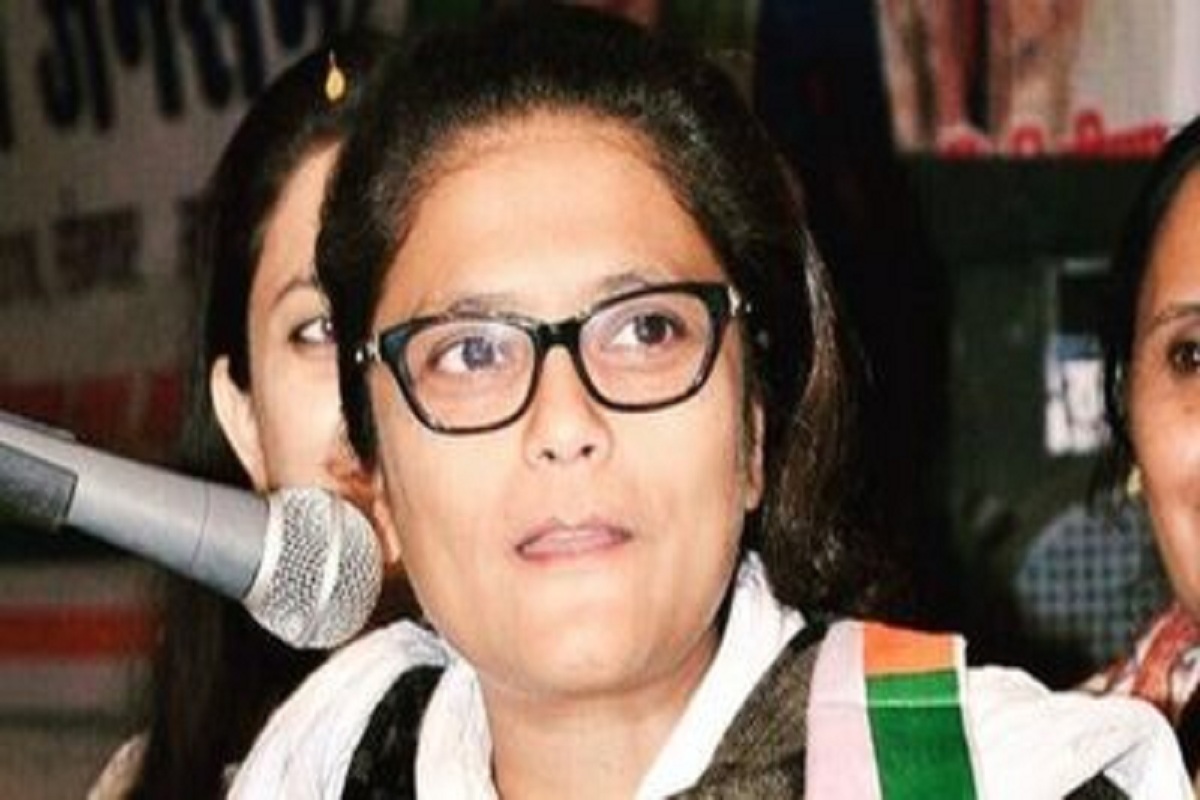The Congress is bleeding, drop by drop. Even a cursory look at those exiting the once-upon-atime Grand Old Party (or raising the reform pitch within) exhibits just how deep the rot is. The disillusioned cut across generations.
From Sushmita Dev switching to the Trinamool Congress a couple of days ago, to the crossing over of Jitin Prasada and before him Jyotiraditya Scindia to the BJP, the younger generation of Congress leaders not totally dependent on the largesse dispensed by the party’s first family have, quite literally, escaped.
The older elements have consolidated under the so-called G 23 banner and are sniping at the party leadership on an almost daily basis. In the midst of it all, the Opposition’s preparations for the 2024 General Election are underway and the big question mark is over the role of the Congress in its effort to dislodge the BJP from power.
The common lament from Opposition leaders is that the Congress is failing miserably to get its act together but is unwilling to accept that it cannot be the first among equals in an anti-BJP alliance. It is lost on nobody, however, that the very same leaders are fully aware that a reformed and organisationally resurgent Congress is not also in their interest because then too much political space ~ and too many Lok Sabha seats ~ will have to be conceded to the party.
In this situation, and with the clock ticking, the faint outline of a plan of action seems to be emerging within the Opposition ranks. Given the Congress provenance of the Nationalist Congress Party, Trinamool Congress, YSRCP, TRS, and the longstanding RJD-Congress/DMK-Congress alliances, the political conversation is veering around to these regional parties leading the electoral battle in their areas of influence.
The Congress, much like a holding company, could claim some skin in the game via its operating companies, as it were. But, as with all holding companies, it would trade at a discount and have to be satisfied with the token seats left for it to fight directly.
In states such as Gujarat, Madhya Pradesh, Rajasthan, Chhattisgarh, Punjab, Haryana, Himachal Pradesh, Uttarakhand, some North-eastern states, and the Union Territories of Puducherry and Lakshadweep, the Congress would lead the fight against the BJP. Such an arrangement, Opposition leaders are happy to share with anyone albeit privately in Delhi’s power corridors, would already have been announced had it not been for the sticking points of Uttar Pradesh, Kerala and Odisha, where the Samajwadi Party/BSP, CPI-M, and BJD (respectively) are in play.
In Kerala, the issue is limited only to what electoral arrangement can be worked out between the Marxists and the Congress for the 20 Lok Sabha seats in the state as the CPI-M is implacably opposed to the saffron camp. The SP/BSP and BJD, however, are not only wary of allowing the Congress a way back into Uttar Pradesh and Odisha (respectively), but have maintained equidistance from both the Congress and the BJP.
The fear in the Opposition camp is that the BSP and BJD in particular could well maintain their ‘neutrality’ which would aid the BJP. The saga continues.












